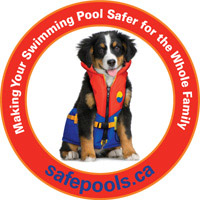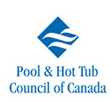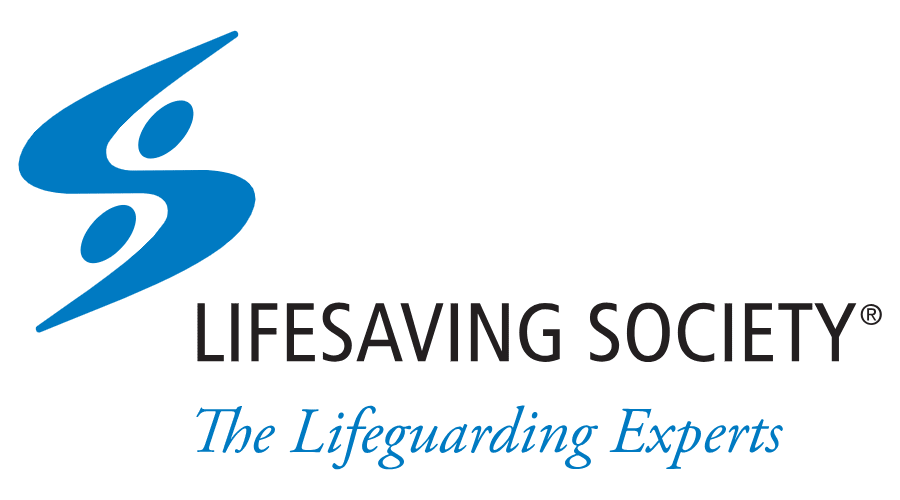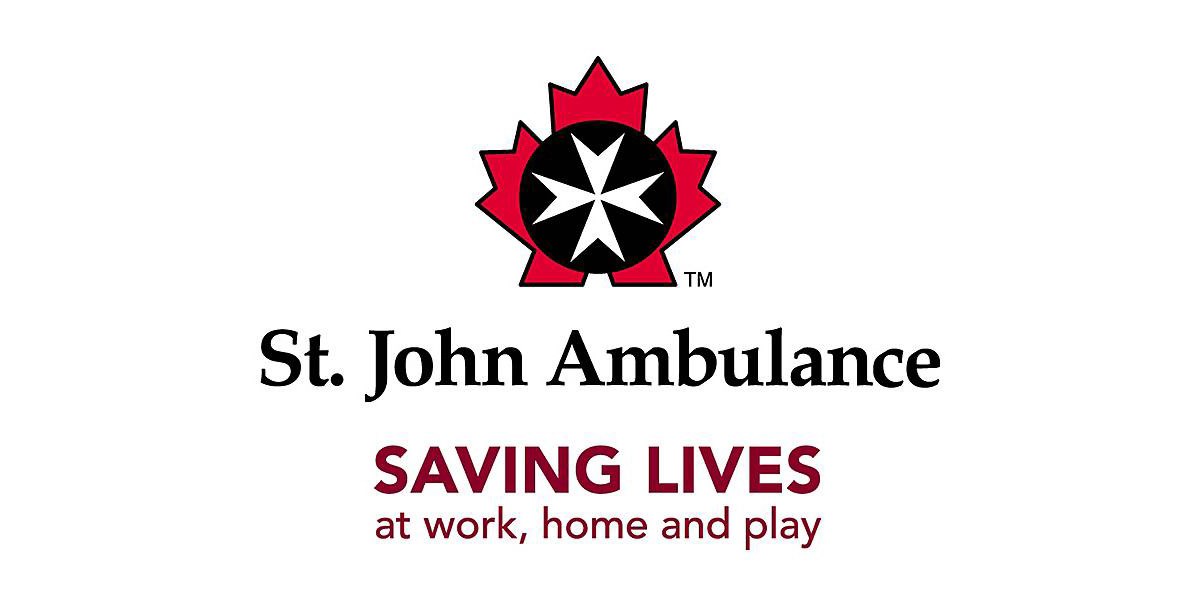SAFETY
SAFETY MESSAGE BOARD
- Always swim with a partner, never alone.
- Know your swimming limits and stay within them. Do not try to keep up with a stronger, skilled swimmer or encourage others to keep up with you. Keep an eye on weaker swimmers. If they appear tired, encourage them to exit the water and rest.
- Watch out for the “dangerous too’s”-too tired, too cold, too much sun, too much strenuous activity. Get out of the water immediately if any of these situations occur.
- Stay away from the main drain, as suction from the pump could entrap you underwater. For more information, refer to the Recommended Guidelines – Suction Entrapment Avoidance Provisions.
- Use common sense regarding food and beverages while swimming. Do not chew gum or eat while you swim; you could easily choke. Never drink alcohol and swim.
- Use plastic instead of glassware in the pool area.
- Obey “No Diving” signs. A general rule is to enter feet first into water rather than headfirst.
- Never dive into an above-ground pool, as they are too shallow.
- Never walk on the pool cover.
- When the pool is in use, make sure the pool cover is removed completely from the surface.
- Be aware of changing weather conditions and stay alert for approaching electrical storms. Water conducts electricity so leave the pool immediately when you recognize the signs of an impending storm.
- Maintain rescue equipment (e.g., pole, rope, shepherd’s crook, personal floatation devices, etc.) and a first aid kit by the pool.
- Keep a cordless phone poolside. Program the phone with emergency phone numbers and/or post a list of emergency phone numbers in your pool area.
- Learn cardiopulmonary resuscitation (CPR) and basic first aid.
- Establish a set of pool rules and enforce them.
- Post a sign of Safety Rules in the pool area. For more information, refer to the Recommended Guidelines – General Safety Provisions for Pools and Hot Tubs and the Safety Sign – Backyard Pool and Spa Safety Rules.
- In case of an emergency, call 9-1-1 or your local emergency number.
Always supervise children when they are in or around your pool or any water environment (e.g., stream, bathtub, toilet, bucket of water), no matter what skills your child has acquired and no matter how shallow the water.
Create layers of safety around your pool and spa in order to prevent access by young children. For more information, refer to the Recommended Guidelines – General Safety Provisions for Pools and Hot Tubs.
Fences should conform to local by-laws with self-closing, self-latching gates that are kept in good working order. Do not leave any furniture near the fence so that a child could climb over into the pool area.
If your house forms one side of the barrier to the pool, then doors leading from the house to the pool should be equipped with alarms that sound when the doors are unexpectedly opened.
For additional protection, use a power safety cover (i.e., a motor-powered barrier placed over the water surface).
Ensure the transition from shallow to deep end is clearly identified using a float line or rope.
Keep children away from the main drain, as suction from the pump could entrap them underwater. For more information, refer to the Recommended Guidelines – Suction Entrapment Avoidance Provisions.
Do not leave toys in the water. Toys can lure a child into the pool.
Ensure that children enter the water feet first.
Keep all chemical products away from children.
Enroll your children in swimming classes and/or a water safety course.
Establish and enforce a set of pool rules.
Never use flotation devices or inflatable toys to replace adult supervision.
Do not use air-filled swimming aids as substitutes for approved life vests.
Do not allow children to eat or chew gum while in the water to prevent choking.
Parents and anyone supervising children should know cardiopulmonary resuscitation (CPR) and basic first aid.
Do not assume young children will use good judgment and caution around the water. Children must be constantly reminded to walk slowly in the pool area and only to enter the water with you.
Be aware of changing weather conditions and stay alert for approaching electrical storms. Water conducts electricity so get everyone out of the pool immediately when you recognize the signs of an impending storm.
After you are done swimming, secure the pool so children cannot enter.
Drain all backyard wading or ‘splasher-type’ pools after every use.
For aboveground pools, steps and ladders to the pool should be secured or removed when the pool is not in use.
Drain standing water that collects on the cover when the pool is not in use.
You can get your own Safepools.ca sticker as shown above by contacting the Pool & Hot Tub Council of Canada at Tel: 905-670.3714 or by e-mail at office@poolcouncil.ca.
The sticker has a diameter of 10 cm (4″) and is suitable for outdoor use on vehicles, storefronts, windows, etc.
Both English and French versions of the sticker are available.

The Safety Sign listing Backyard Pool and Spa Safety Rules was prepared collaboratively by the Canadian Red Cross, the Lifesaving Society, the St. John Ambulance Canada, and the Pool & Hot Tub Council of Canada.
To enlarge the view, click on the adjacent picture of the sign.
The sign, made of styrene, and, is ideal for posting at poolside on gates and sheds.
It measures 11¾” x 15¾” (30.4cm x 40.4cm) and comes with 4 corner fasteners.
To purchase a Safety Sign from the Pool & Hot Tub Council of Canada, click here, and place your order by selecting it from our list of publications,
…or contact the office at Tel: 905.670.3714 or by email: office@poolcouncil.ca.
SPONSOR
The Pool & Hot Tub Council of Canada is not accredited as a standards-writing body. However there are a number of sister organizations in Canada that provide guidelines, courses and important recommendations for all pool and spa users. We strongly encourage you to visit their websites for essential information on safety, prevention strategies and basic first aid:






 by
by